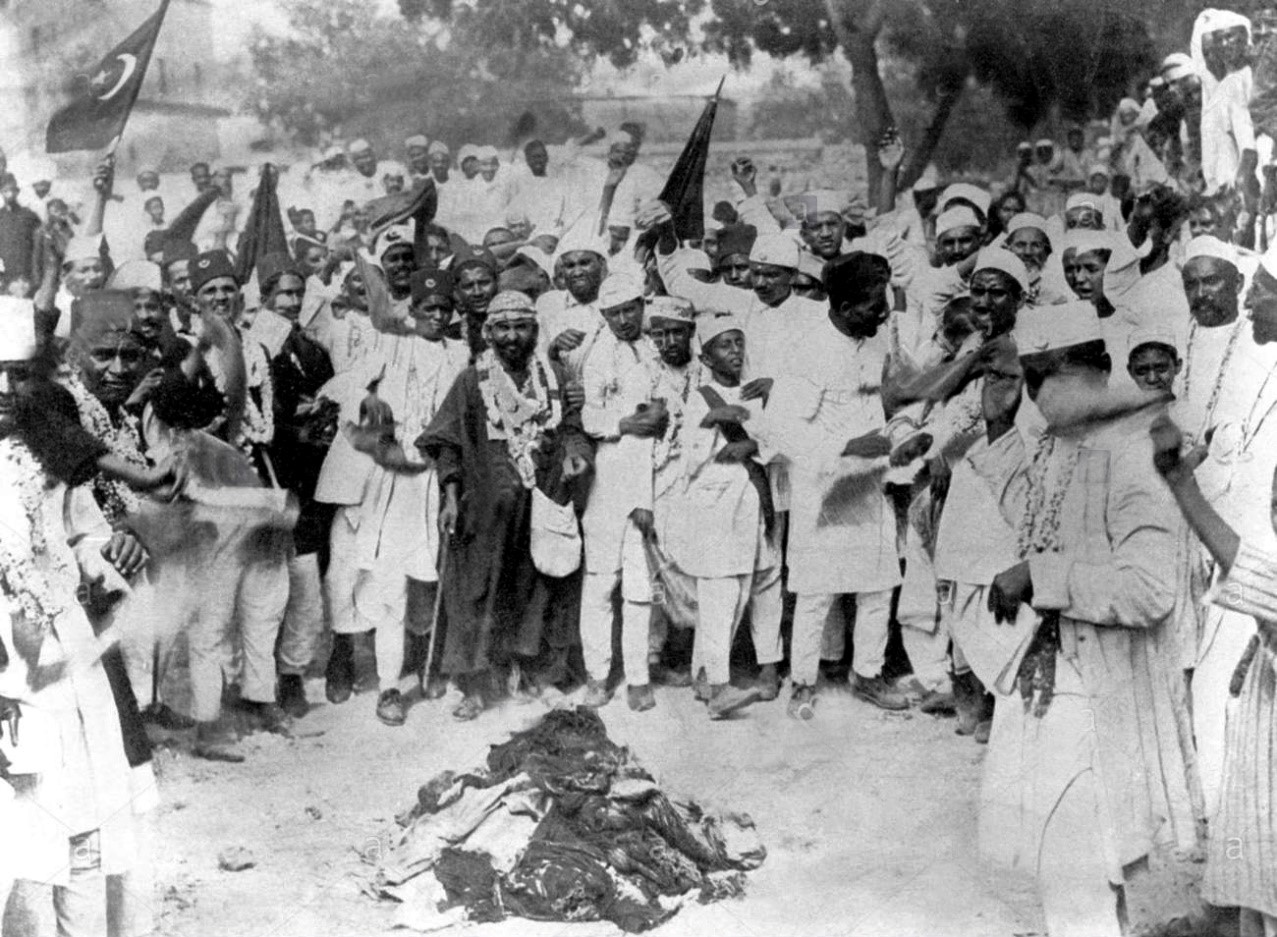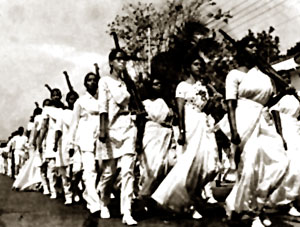The Swadeshi movement, also known as the Swadeshi Andolan, was a political and economic movement that originated in India in the early 20th century as a response to British colonialism and foreign domination. The movement advocated for the use of locally produced goods and the boycott of foreign-made products, especially those produced by British companies.
The origins of the Swadeshi movement can be traced back to the partition of Bengal in 1905, which was seen by many Indians as a deliberate attempt by the British to divide and rule the country. In response, a group of nationalists led by Bal Gangadhar Tilak, Bipin Chandra Pal, and Lala Lajpat Rai launched a campaign of non-violent resistance, including the promotion of Swadeshi (self-reliance) and the boycott of foreign goods.
The Swadeshi movement gained widespread popularity in the years leading up to the Indian independence movement, with many Indians joining the cause and participating in boycotts and protests against British rule. The movement also served as a catalyst for the growth of Indian industries, as people began to look for alternatives to foreign-made goods.
One of the key strategies of the Swadeshi movement was the use of the Charkha, or spinning wheel, as a symbol of self-reliance and resistance to foreign domination. The Charkha became a powerful symbol of the movement and was widely used in campaigns and protests to promote the use of locally produced goods.
In addition to boycotting foreign goods, the Swadeshi movement also encouraged the development of local industries and the promotion of indigenous products. This included the establishment of cottage industries, such as handloom weaving and pottery making, as well as the creation of cooperatives to support small-scale farmers and producers.
The Swadeshi movement played a significant role in the Indian independence movement, and its ideas and principles continue to be influential in India today. The movement's emphasis on self-reliance and the promotion of local industries has helped to shape the country's economic policies and has contributed to the growth of the Indian economy.
Overall, the Swadeshi movement was a powerful force for change in India, advocating for self-reliance and the promotion of local industries as a means of resisting foreign domination and achieving independence. Its legacy continues to be felt in India today as the country strives to build a strong and prosperous future.
Swadeshi Movement in India

Among the Muslim swadeshi agitators who supported him were Ghaznavi, Rasul, Din Mohammed, Dedar Bux, Moniruzzaman, Ismail Hussain, Siraji, Abdul Hussain, and Abdul Gaffar. Twenty-three cookers from all over the country participated in the March. Candidates can benefit greatly from preparing this topic in-depth and practising questions related to it for their Question - Who was the Viceroy of India during the Swadeshi Movement? He promised the gradual development of self-governing institutions in India. It could not connect the Hindus and Muslims. Who founded Swadeshi movement? The partition took effect in October 1905 and separated the largely Muslim eastern areas from the largely Hindu western areas. Encyclopedia of New Religious Movements.
Swadeshi movement

Some demonstrators followed as close as 20 yards, but most were between 60 and 75 yards behind the guard. At the meeting a resolution was passed against the controversial economic decisions of the Central Government. This would result in pecuniary losses for the colonial rule thus creating pressure on them. It threw up an entire gamut of techniques that later came to be associated with Gandhian politics—non-cooperation, passive resistance, filling of British jails, social reform and constructive work—but failed to give these techniques a disciplined focus. These samitis generated political consciousness among the masses through magic lantern lectures, swadeshi songs, providing physical and moral training to their members, social work during famines and epidemics, organisation of schools, training in swadeshi crafts and arbitration courts.
Swadeshi Movement: UPSC Note on Swadeshi Movement by Unacademy

Nothing stays if it faces severe repression. An attempt was also made to give political expression to economic grievances of the working class by organising strikes. It was rendered leaderless as most leaders were arrested or deported at the time. Student participation was visible in Bengal, Maharashtra, especially in Poona, and in many parts of the South—Guntur, Madras, Salem. Girish Chandra Ghosh, Kshirodeprasad Vidyavinode, and Amritlal Bose were among playwrights who contributed to the swadeshi spirit. Gokhale who had firm opposition to the ideas of boycott accepted the programmes of Swadeshi in the Swadeshi Movement. Who introduced Swadeshi movement? In Rawalpindi Punjab , the arsenal and railway workers went on strike led by Lala Lajpat Rai and Ajit Singh.








